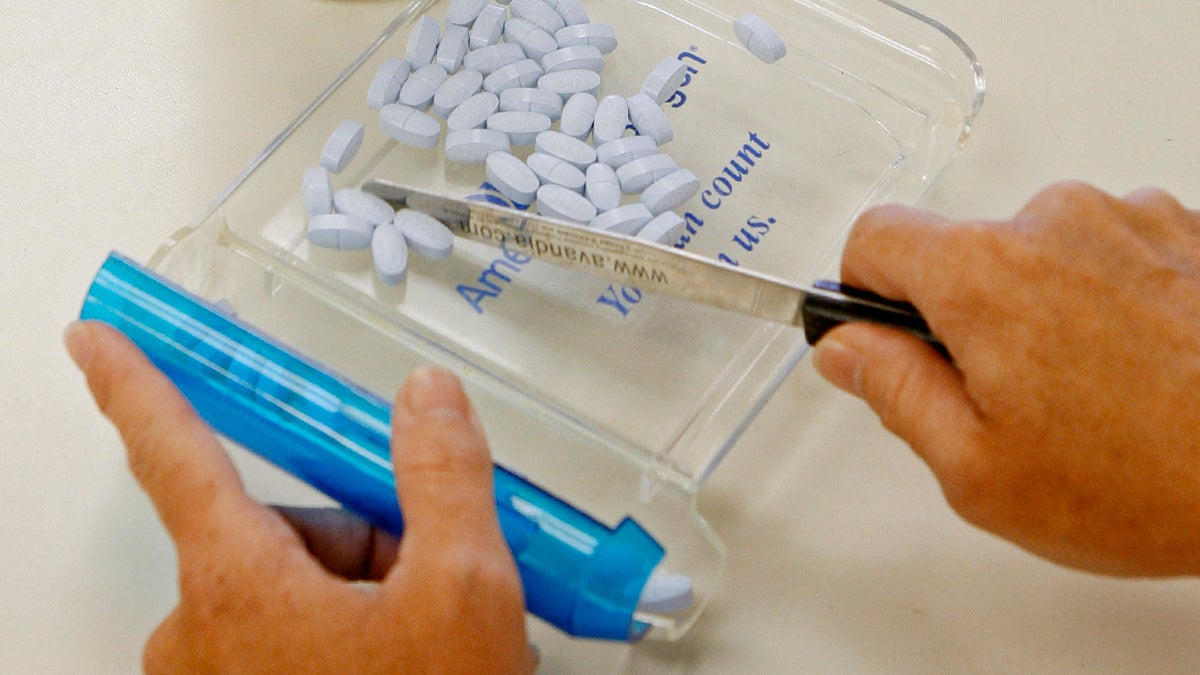Opioid addiction a growing problem in Philadelphia
Listen
(AP file photo)
Philadelphia is at the center of a growing opioid epidemic, according to new data compiled by the city’s health department. But officials say a relatively new source is fueling the problem.
Roland Lamb, who oversees Philadelphia’s addiction services, has been in the business for 40 years. But he’s noticed some disturbing trends when comparing Philadelphia’s 2012 drug statistics with those of years past.
“When we see the pattern, it’s been steady growth, in terms of the actual deaths [related to heroin and other opiate use],” Lamb said. “We’ve seen a steady growth in terms of the admissions to treatment. We’ve seen a steady growth in terms of the use of prescription opioids. That is very much disconcerting.”
Lamb points to a rise in heroin, which played a part in just over half of the city’s 500 reported drug overdose deaths last year. Other opioids, including oxycodone, codeine, methadone and oxymorphone, also were among frequently detected drugs. Combined with heroin, they were second only to alcohol in bringing people in to treatment last year.
A ‘sea change’ in drug use
Lamb said the increase stems from an entire shift or “sea change” in drug culture as people may first be getting hooked on prescriptions drugs.
“No longer do you have this vision of someone who’s being approached in a dark alley, you know, about ‘do you want to do some drugs?’ said Lamb. “Right now, we’re seeing that over 54 percent of new initiates are being turned on by a friend or a family member who may have the drug licitly.”
Nationwide, prescription drug abuse is up.
What’s different about Philadelphia is how easy it can be to switch to illegal drugs. Philadelphia’s heroin is cheaper and more potent than in other cities, according to the Drug Enforcement Administration. That’s further fueling abuse throughout the entire region, according to Lamb.
The latest data show the problem’s starting at a younger age, too. And more people are using multiple drugs at once. All of that is stressing the region’s health care system, Lamb said. It responded to nearly 3,000 general overdose calls last year.
The new data will be released in full at the American Association of the Treatment of Opioid Dependence’s national conference in Philadelphia next month. In the meantime, Lamb said, he doesn’t have a solution, but hopes that by working with local and national leaders in the coming months, they’ll be able to develop better responses.
The findings come in the wake of a new report from Trust for America’s Health, ranking Pennsylvania 14th nationwide for its rate of drug overdose deaths.
WHYY is your source for fact-based, in-depth journalism and information. As a nonprofit organization, we rely on financial support from readers like you. Please give today.

